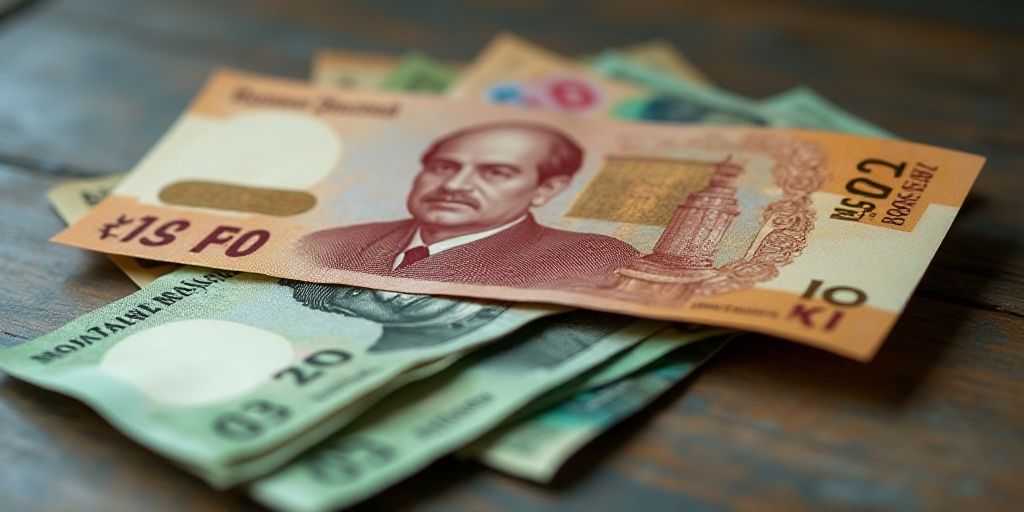Introduction
Reviewing the news headlines this year, both in Mexico and abroad, reveals that it hasn’t been an easy period for investments. Amidst this challenging environment, uncertainty lingers regarding the direction of structural changes that have been underway. Locally, limited growth does not paint a particularly rosy picture.
Unexpected Peso Strength
One might assume that in such a context, the value of the dollar against the peso would rise; however, the opposite has occurred. The dollar traded at 19.26 pesos yesterday, which is 7.5% lower than the 20.82 pesos it closed at in 2024.
Contrary Factors to Anticipated Peso Weakness
I, too, had predicted a different trajectory. At the end of last year, after significant devaluation during the second half, several factors led us to anticipate a weak peso. However, many of these factors have not materialized and appear to be moving in the opposite direction:
- The U.S. government acknowledged Mexico’s privileged position in the T-MEC trade agreement, which prevented us from facing tariffs in February or March and kept us off the list of increased tariffs published in April.
- The fear of a 25% tariff imposition on all Mexican products imported by the U.S. has dissipated, and now we await a negotiation where Mexico’s export structure is likely to remain intact despite changes favoring the U.S.
- The concern over fiscal instability from last year has diminished, as the government appears to be executing its plan to reduce the fiscal deficit through public spending cuts. This contrasts with the robust construction activity witnessed last year when the previous administration aimed to complete emblematic projects.
- Fitch Ratings recently reaffirmed Mexico’s credit rating at BBB- with a stable outlook. Other rating agencies may follow suit, and for now, there are no immediate concerns regarding public finances.
- Additionally, substantial resource inflows continue to enter Mexico. Besides record manufacturing exports in March and April, driven by anticipation of tariff episodes, remittances have also been growing. They reported a surplus of 5.80 million dollars during the first quarter of 2025, which is 1.9% higher than in the first quarter of 2024 and could surpass 60,000 million dollars.
Non-Linear Peso Trajectory
The peso’s trajectory has not been linear. Intense risk aversion in global markets in April pushed the exchange rate above 21 pesos at some point. However, after a period of relaxation, we’ve seen a downward trend, paralleling the dollar’s relative weakness against many other currencies.
Expert Opinion
Rodolfo Campuzano Meza, the general director of INVEX Operadora de Fondos de Inversión, believes that if the trade situation and public finances continue on a positive path, it’s not surprising to see the peso strengthen.
He suggests that only another episode of intense global market volatility (which we cannot rule out given the unpredictability of President Trump and his team) or a more significant interest rate reduction by Banxico than anticipated could move the exchange rate away from current levels in the short term.
For now, it seems that the peso will continue to strengthen in the short term.
Key Questions and Answers
- Q: Why has the peso strengthened when many anticipated weakness? A: Several factors, including the U.S.’s acknowledgment of Mexico’s privileged trade position, reduced fiscal deficit concerns, and robust resource inflows, have contributed to the peso’s unexpected strength.
- Q: What could potentially weaken the peso in the short term? A: Another episode of intense global market volatility or a more significant interest rate reduction by Banxico than currently anticipated could move the exchange rate away from current levels.






